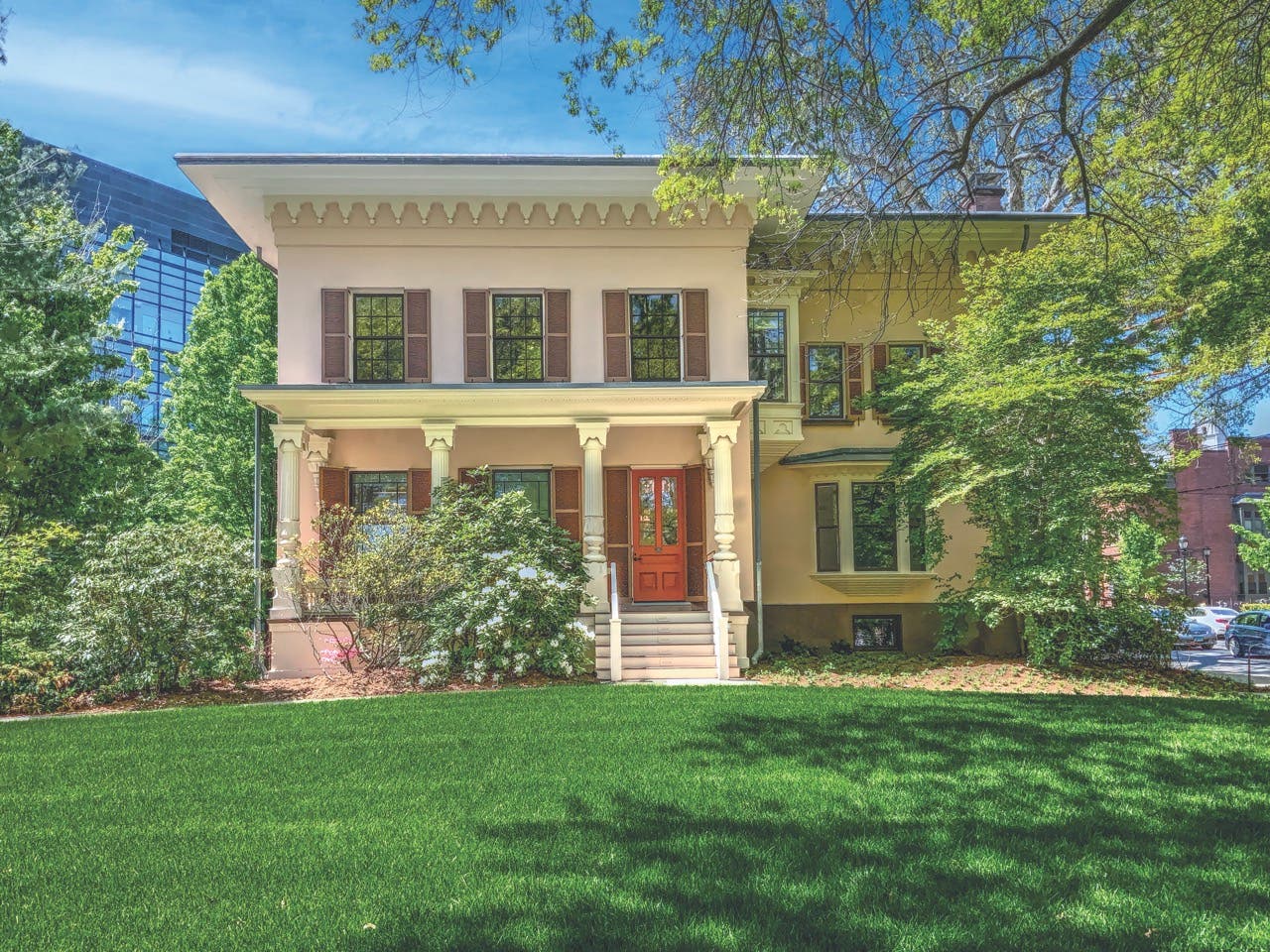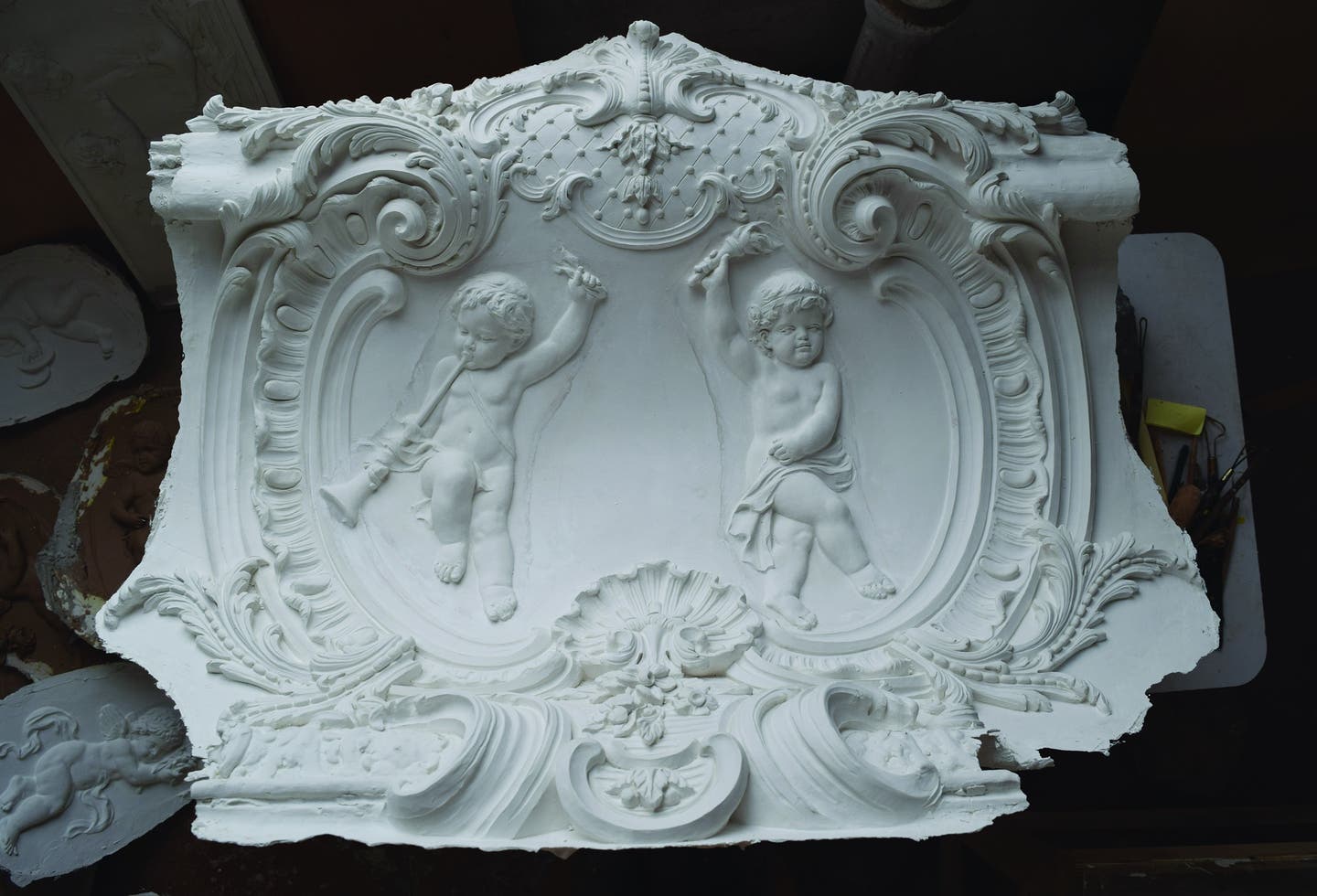
Product Reports
Crowning Touch
For sculptor Emily Bedard, designing and creating Classical ornamental and architectural plasterwork isn’t only about preserving the past.
It’s also about something equally as important: investing in the future.
“I love Classical design because the craftsmanship needs to be maintained, and it requires those traditional trades to perpetuate it,” says Bedard, creative director at Foster Reeve & Associates, the renowned plaster studio with offices in New York City, Los Angeles, and Miami Beach. “So we have to continue to teach people to be stone masons, wood carvers, and plasterers.”
A Fellow of the National Sculpture Society and the recipient of the 2017 Award for Emerging Excellence in the Classical Tradition and the 2015 Stanford White Award for Craftsmanship and Artisanship from the Institute of Classical Architecture & Art, Bedard works with leading architects around the country, including Robert A.M. Stern and Peter Pennoyer.
Bedard, who joined a fellowship of Next Generation Leaders with the White House Historical Association in 2022, has received other laurels, including the 2014 Dexter Jones Award for Excellence in Bas-Relief and the 2009 Lyme Academy Award for Excellence in Sculpture.
From capitals and cartouches to ceiling medallions, Foster Reeve specializes in residential work, and each project is custom.
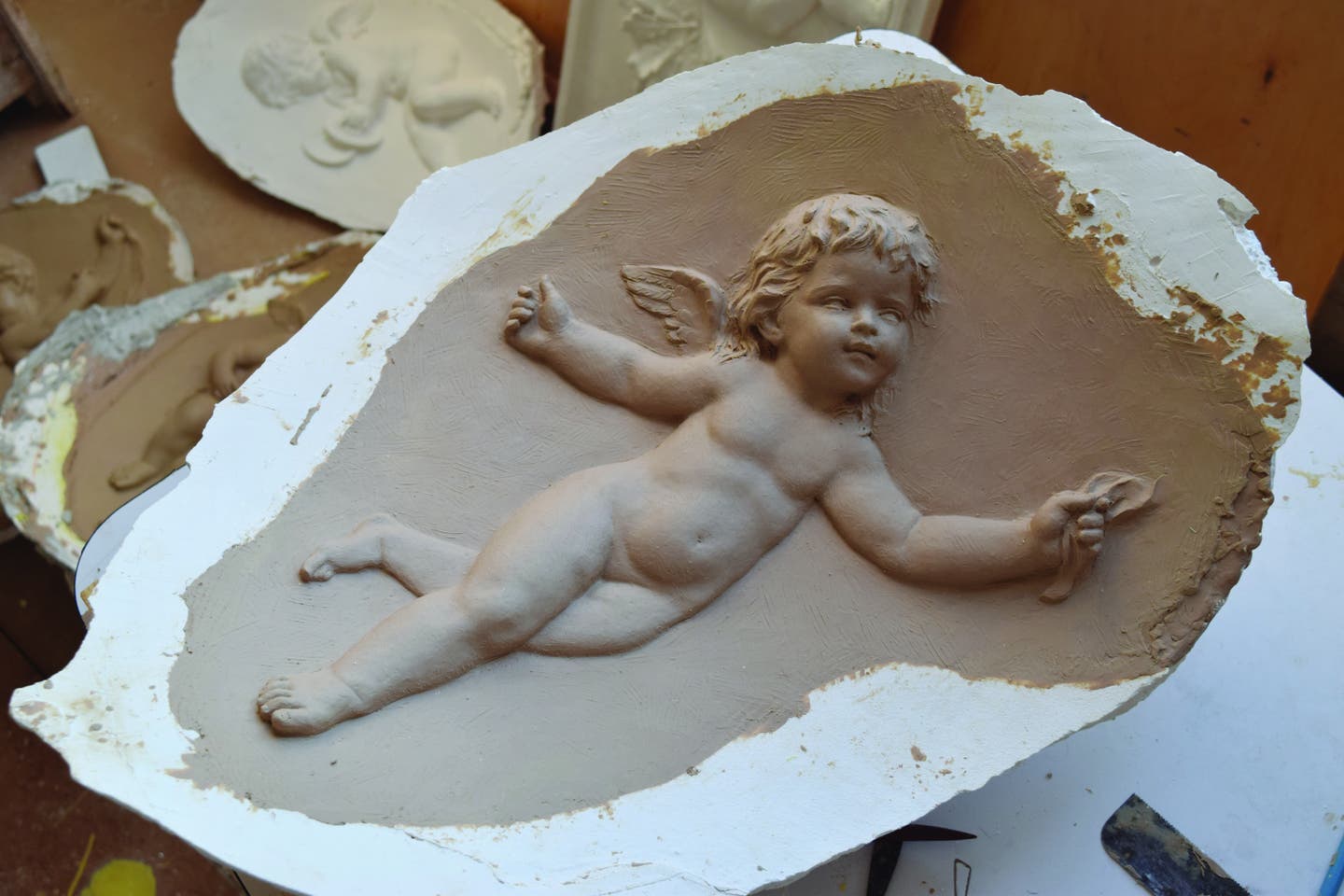
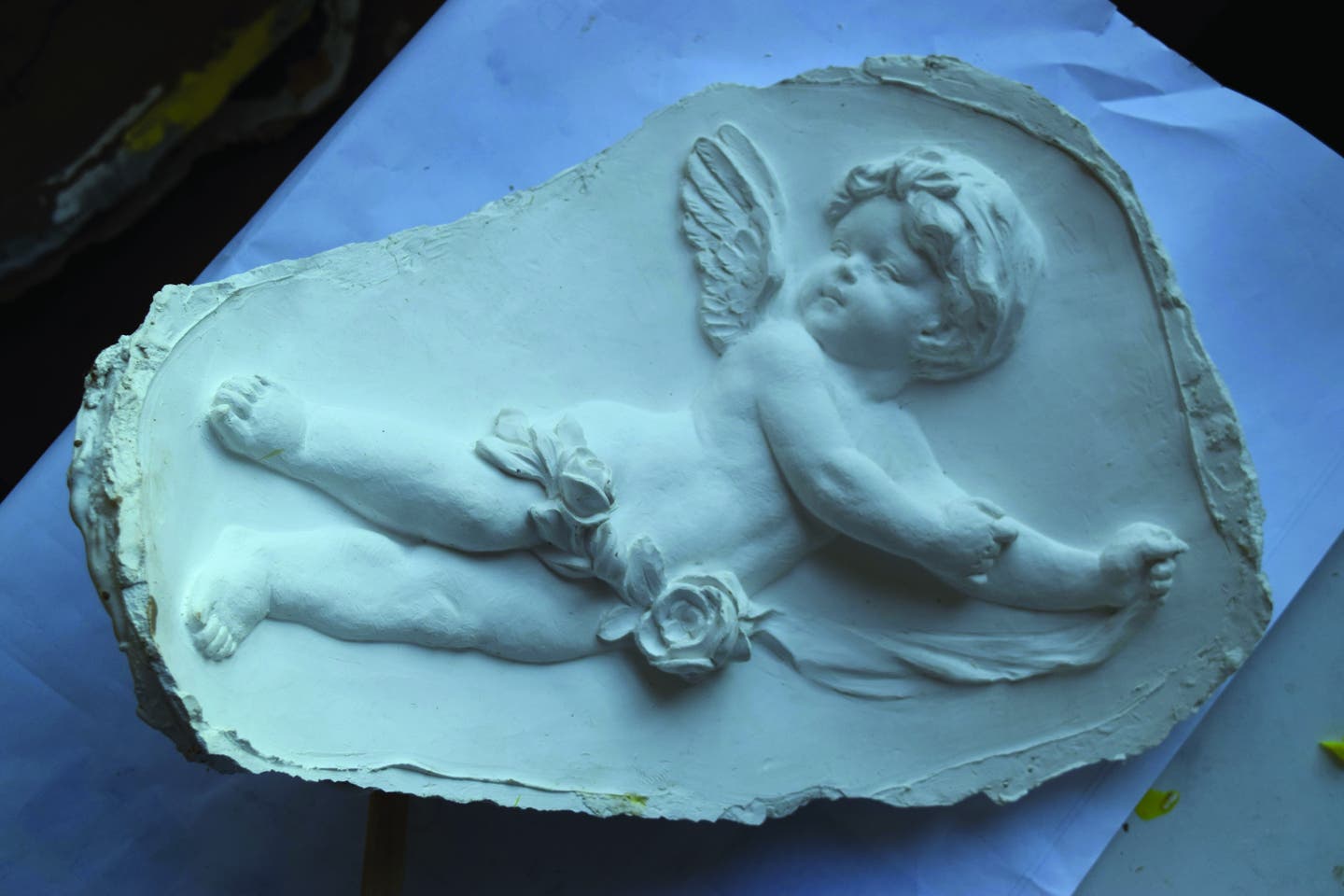
For a Boston Gilded Age mansion on historic Commonwealth Avenue, Bedard and her team recreated the ornate crown molding of a key first-floor room. Originally a single-family house, the 1867 residence had had several mixed uses until it was purchased in 2012. Save for a room that had elaborate millwork and wood paneling, it was gutted for renovation, a project that was overseen by the Boston construction firm Payne Bouchier.
To restore that room’s Louis XV-style crown molding, heavily damaged by water and overpainted numerous times during its more than century-long life, Foster Reeve made in-place rubber molds of each plaster piece.
“We couldn’t take them down because the 150-year-old plaster would have crumbled,” Bedard says. “The crown molding had a large cove and was decorated with acanthus leaves. There were cartouches in the corners and 18 baby putti. Each putto was unique. We resculpted all the details to make them crisp and new.” The project was important, she adds, because “the rest of the house took its character from that room.”
The Foster Reeve team doesn’t often make molds at the site. Clients usually provide Bedard with photos of designs that inspire them, and she turns their ideas into a precise paper and pencil drawing. Other times, she reinterprets detailed architectural drawings.
“Everything we make is custom,” she says. “Our shop is covered in castings from previous projects, so clients can pick and choose elements from them in addition to designing their own.”
Once the design is nailed down, CAD shop drawings are created with the aid of the studio’s engineers.
“It’s like designing a puzzle,” Bedard says. “We break it down into pieces—we have to make sure it works around the lighting, for instance—and then we have to put them all back together when we assemble them on site.”
Rubber molds are used to produce each piece. The final product is cast in plaster. The pieces are plastered together raw on site with a natural glue and plaster mixture that is applied to the back side so they can be squeezed onto the surface of the wall or ceiling.
“The chemical bond creates a monolithic result,” Bedard says. “There are no screws or construction glue.”
From conception to completion, a typical ornamental project can take nine months to a year, depending on design complexity. Once designs are secured and shop drawings are approved by the contractor, the time to complete fabrication and installation is about eight to 10 weeks.
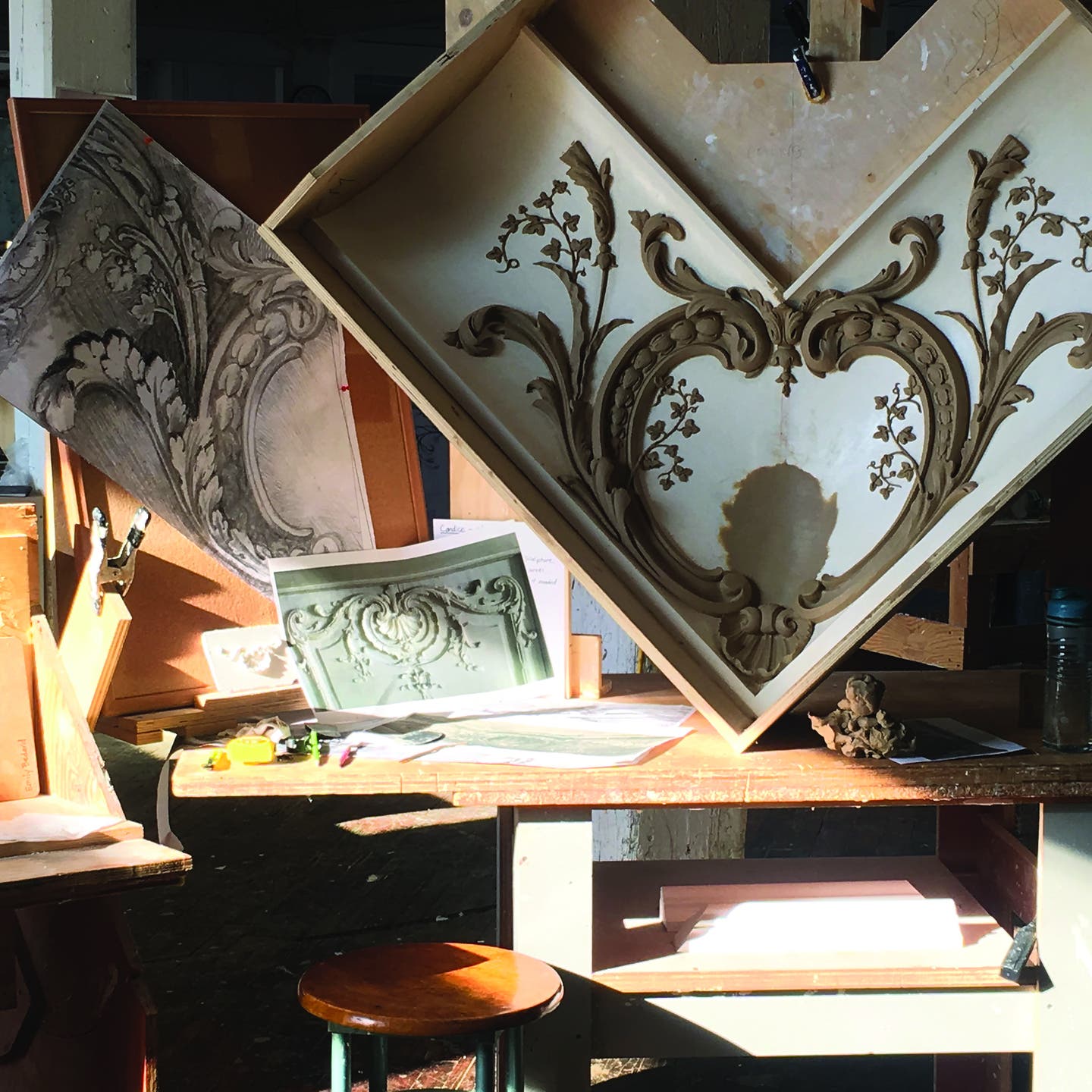
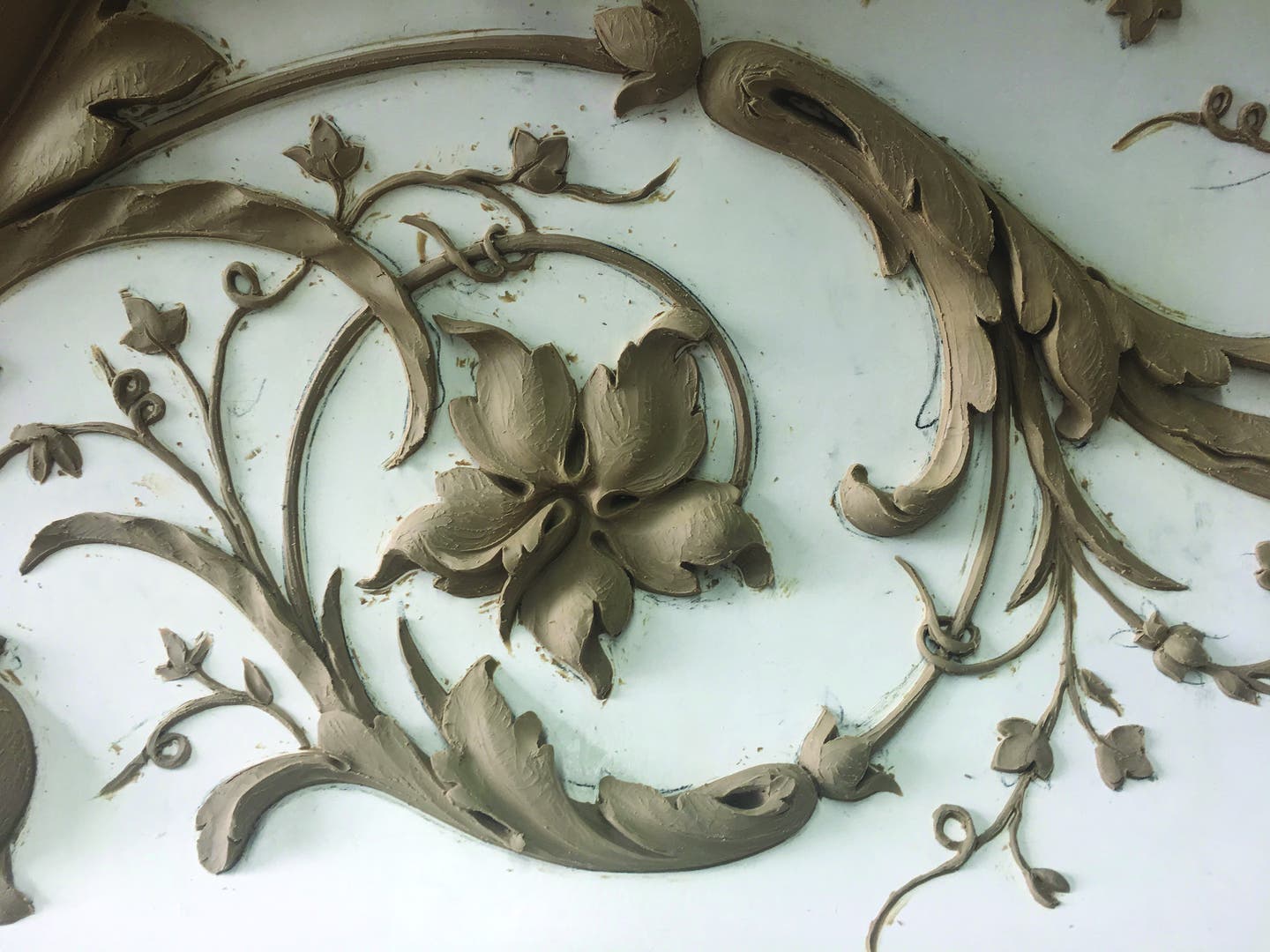
Bedard was an early proponent of the Classical style. After earning a bachelor of fine arts degree from the Lyme Academy College of Fine Arts in 2009, she started taking commissions for public projects.
Her Liberty Statue stands stoically in the Soldiers and Sailors Monument in Seaside Park in Bridgeport, Connecticut, and her bas-relief panels and architectural ornament grace the Edward M. Kennedy Institute in Boston.
In 2012, she joined Foster Reeve, where she develops designs and oversees their production.
“I went into Classical art because of the skills required to make that kind of work,” she says. “Classical art takes serious skills and understanding and time to execute. I knew this training would get me jobs. I didn’t realize the relationship between Classical art and architecture until later. That came to me professionally.”
Through her historical-based work, Bedard aims to inspire a younger generation of artists.
“I want them to know that a training in Classical art will give them the opportunity to find real jobs in art. Classical training is a measurable skill to show the world,” she says, adding that Foster Reeve mentors and offers internships to those just starting out in the field.
Bedard sees her work as “creating history. In projects like the Boston house, we’re using historical styles, but we’re making it for today, interpreting it in a style that’s more fresh.”
The craftspeople of the past, she says, “are giving gifts of work to the future generation. To maintain the work I’m doing, such as that at the Boston mansion, 100 years from now, the next generation will maintain it or add to it. This forces us to recognize the past.”
And that, she adds, is extremely gratifying. TB




